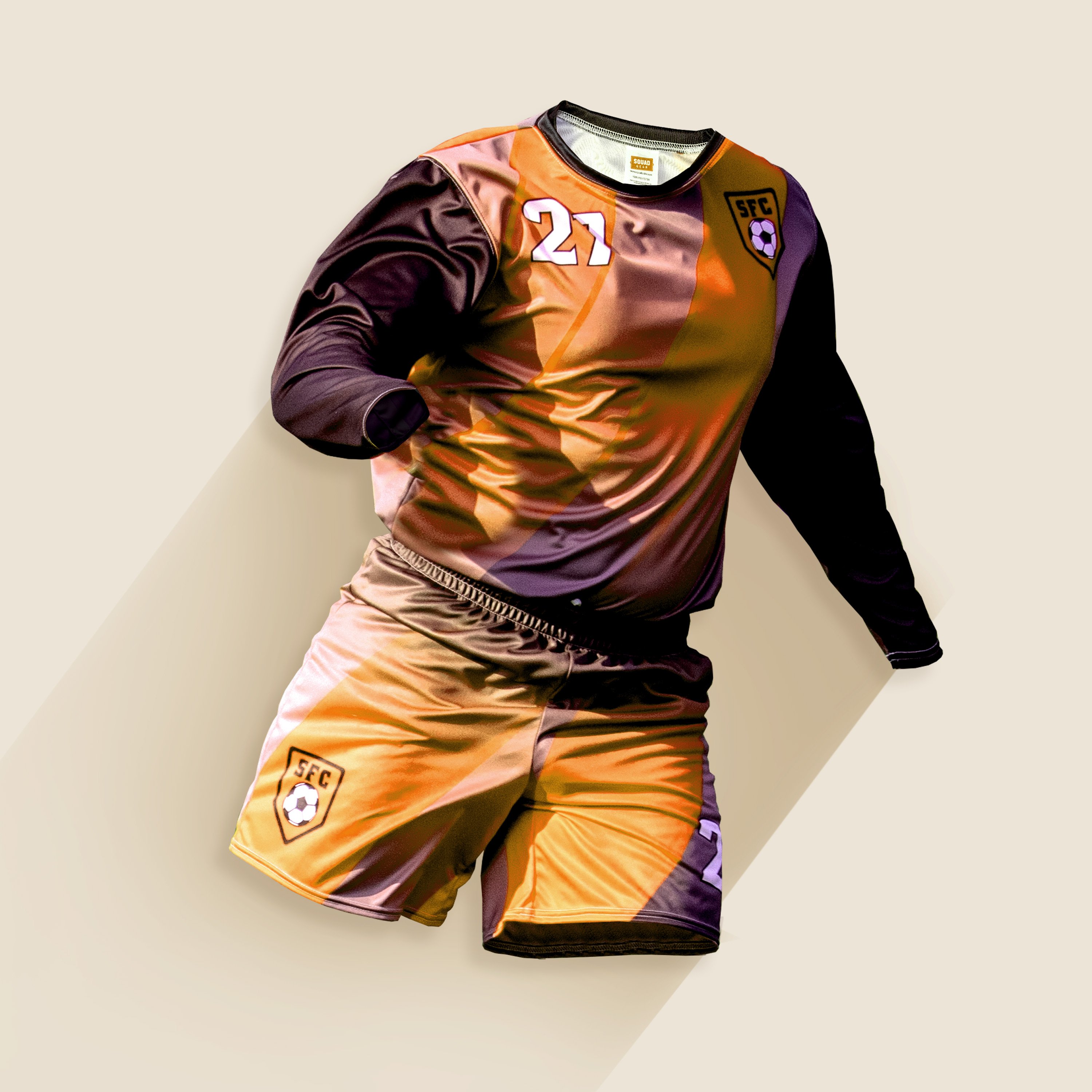If you’re a runner, you’d better be running. Every day, because running is not just a sport, it’s a lifestyle without seasons. I remember a sentence in a Tony Veney article (Veney is the coach for the Bruins’ men’s sprints, hurdles and relay teams.) He said, “The best way to get faster is to run fast.” What he meant was that developing speed is much more difficult than developing endurance. To get faster, you have to run fast. Here are 5 ways you can improve your track performance this year:
1. Utilize your track time
While you’re running around in circles on a track, it sometimes seems pointless – and boring. But it’s the best way to measure your true speed; you can’t set improvement goals without knowing what your average range is. The track is where you “test and push your speed at shorter distances,” says runner/writer Rob Haneisen. “The flat, sometimes rubberized surface is easy on your joints and feet.” While you’re track training, concentrate on slowing your breathing and relaxing. Tension makes exercise harder than it has to be. Test the tension in your upper body: Roll a piece of paper into a tube and carry it while you run. When you’re finished, if the paper is crumpled, you need to relax your shoulders and loosen your hands!
2. Long-Distance Running: Pace Yourself
A marathon runner once told me, “The start-line sprinters look good, but they seldom finish the race.” Speed is important and always will be, but for distance running, it’s important to find the pace at which you can finish the race. Once you have your endurance where it should be, then you can work on increasing your speed. A tip from the author of The New Rules of Marathon . . . “The neuromuscular system is most likely to discover more efficient ways to move when you push your limits. To do this without risk of over training, end some of your easy runs with a ‘fast finish.’ Wait until the last five or 10 minutes of a longer run and then speed up to an effort level of six or seven on a scale of 1-10.”
3. Weight Issues
A lightweight runner is light on their feet. It simply takes less effort and reduces muscle strain if you’re at the right weight. Notice I said the right weight, not underweight. You need well-developed muscle mass for speed and endurance. To determine a good weight for your body, use a BMI (body mass index) calculator. If your BMI is in the 25 range, you are at a healthy weight but can take steps to carefully – and healthfully – lower your weight a few pounds to increase running speed.
4. Movement is Freedom
If you need to switch running shoes, lighter is better, but do it gradually. Save your racing shoes for speed training and race days. Freedom of movement is critical to all athletes, and the last thing a runner wants is an uncomfortable uniform. If you’re a coach or buyer, you want clothing options that won’t compromise comfort or safety and will keep you within budget. Your runners won’t notice that what they’re wearing is lightweight, keeps them cool, and allows for ease of movement. But they’ll notice when it doesn’t. There are many factors that impact the type of uniform chosen for any team, and you don’t have to compromise quality to get affordable uniforms. The bottom line is, you have options. There’s a free, online Team Buyer’s Guide that can help you understand fabrics, the cut or style of each clothing line, and the select the right uniform depending on weather conditions.
5. Envision Your Victory
Everyone has high and low days, attitude-wise and strength-wise; how you deal with those days is the difference between a winner and loser. Desire: “You have to want it,” says Haneisen. Dedicated runners have training schedules, but if you’re having a particularly good day, take advantage of it! Work on speed-building; run as fast as you can and use the results to set new goals for your regular speed training days.
Have a good run! Stay in tune to your body, set your goals, and use your vision to make it to the finish line.
Share this Story










